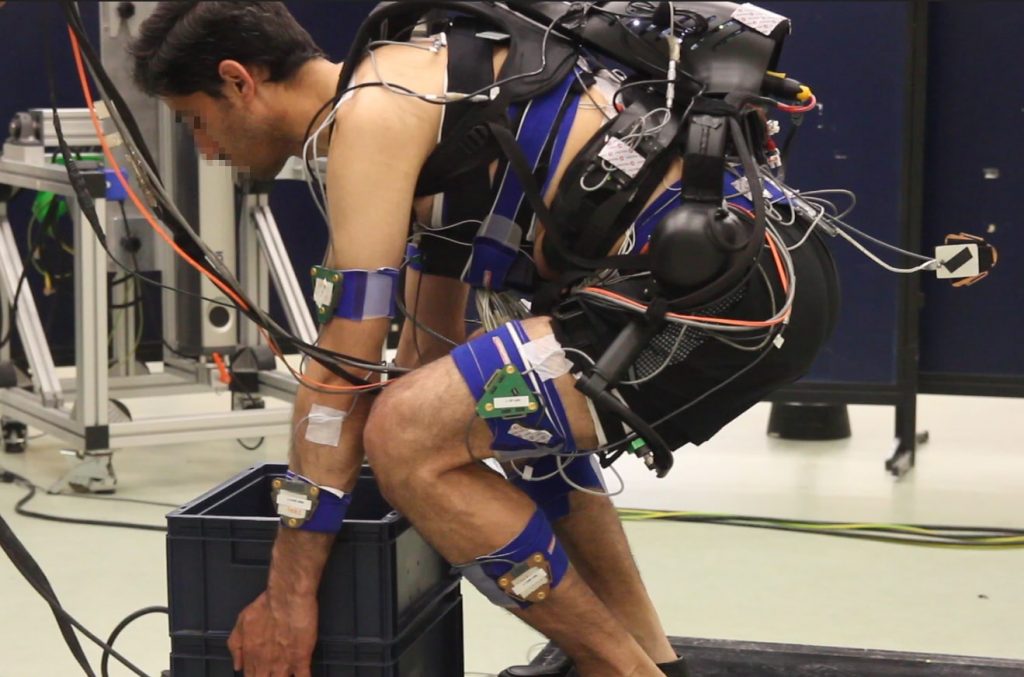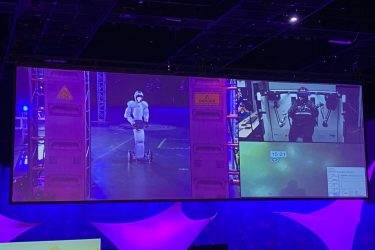Innovation in exoskeletons to support workers
Background
Various passive exoskeletons, for e.g., trunk or arm/shoulder support, exist. Some are close-to market-application products: lightweight and relatively easy to use. However, their effectiveness has been proven only for static work postures and their adaptability to multiple tasks is minimal. Active exoskeletons are potentially more adaptive, thus making them more attractive for industry. The development of exosuits is further away from industrial application. TNO plays a role in the development and evaluation of various passive and active exoskeletons (e.g., XOback – IIT, Exobuddy, Skelex, Laevo, and Spexor). TNO brings well recognized expertise on human-exoskeleton interaction, i.e., biomechanics, anatomical fit, sensing (human intention) and control, comfort and acceptance, and industrial implementation.
Objective
To develop the knowledge and technology for a wearable robot (active exoskeleton) to provide mechanical support to workers involved in physically heavy, mobile, and ‘difficult-to-automate’ situations. Secondly, to show the human body impact of exoskeleton use in heavy work. Thirdly, to help companies answer the question whether an exoskeleton is a potential solution for them and which exoskeleton is best suited for the job.
Approach
Within this project, our primary focus is on the sensing and control of a wearable robot. Experiments will provide data on control algorithms, sets of input variables, calibration methods, and human body impact. Based on the outcomes, a demonstrator will be realized. To help companies answer the question whether an exoskeleton is a potential solution for them, we developed a tool in the form of a questionnaire as well as a sensor based tool that extracts the movement characteristics that are a relevant indicator for the potential of exoskeleton implementation.






